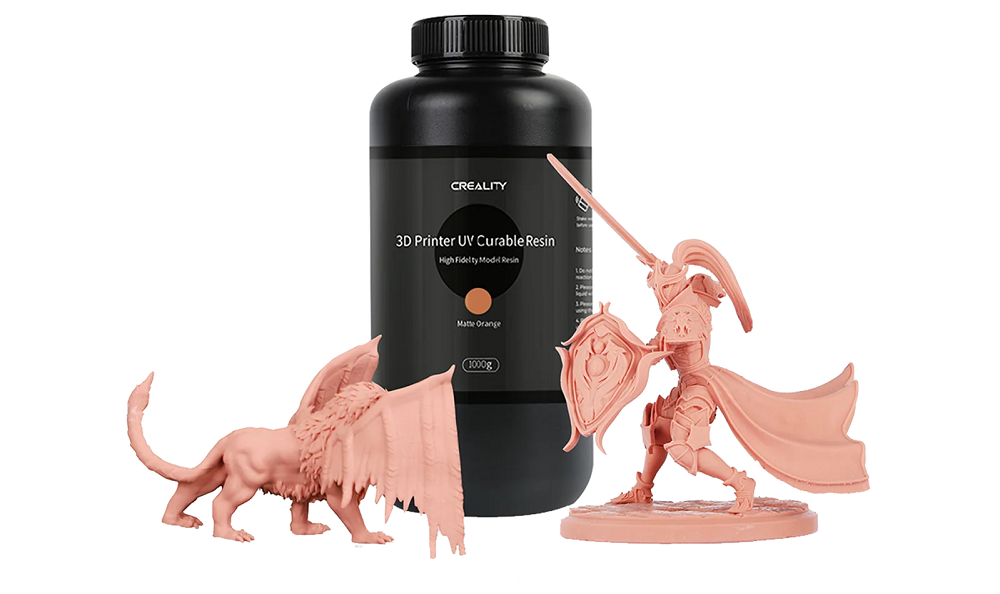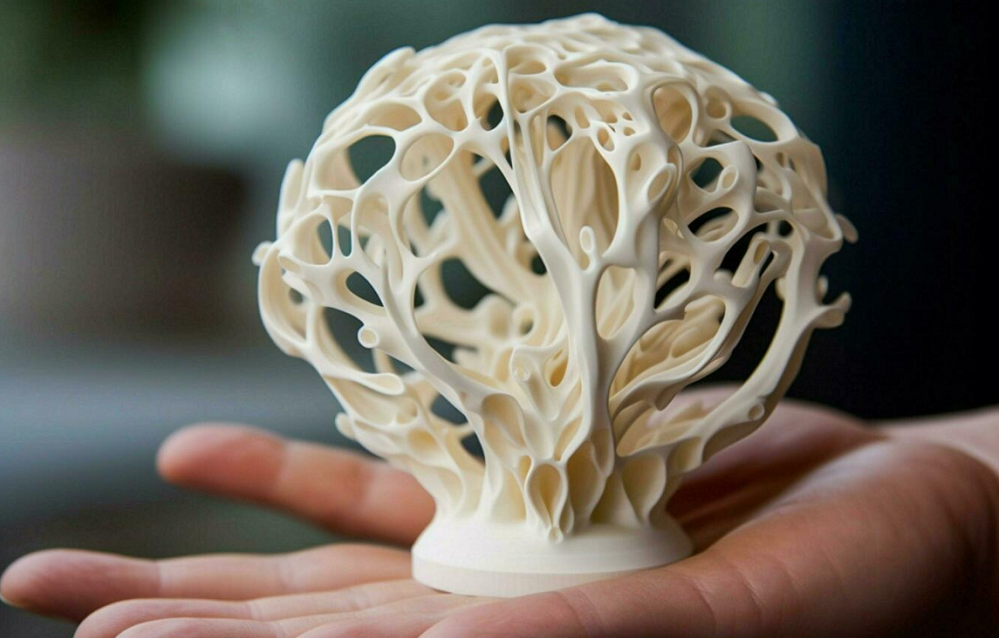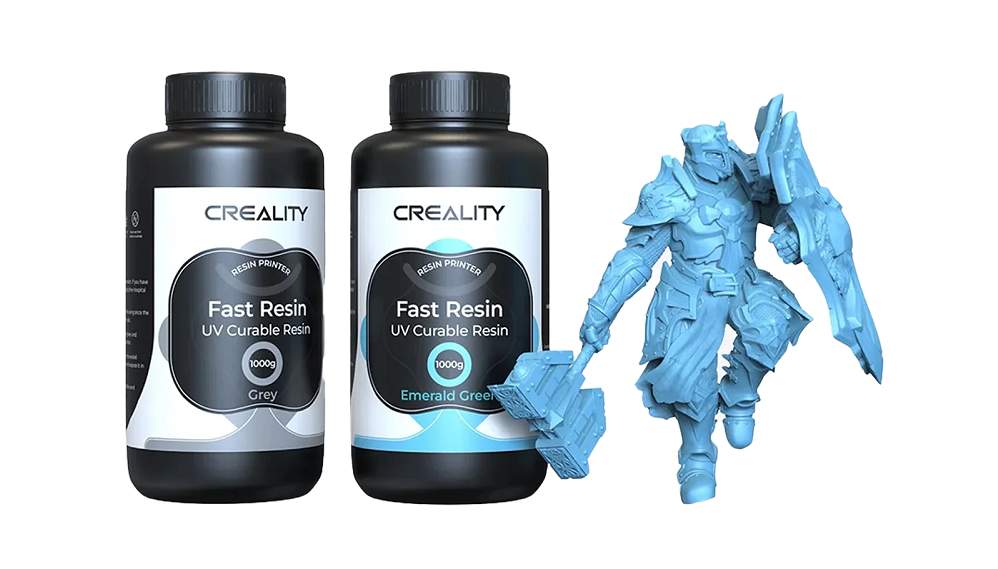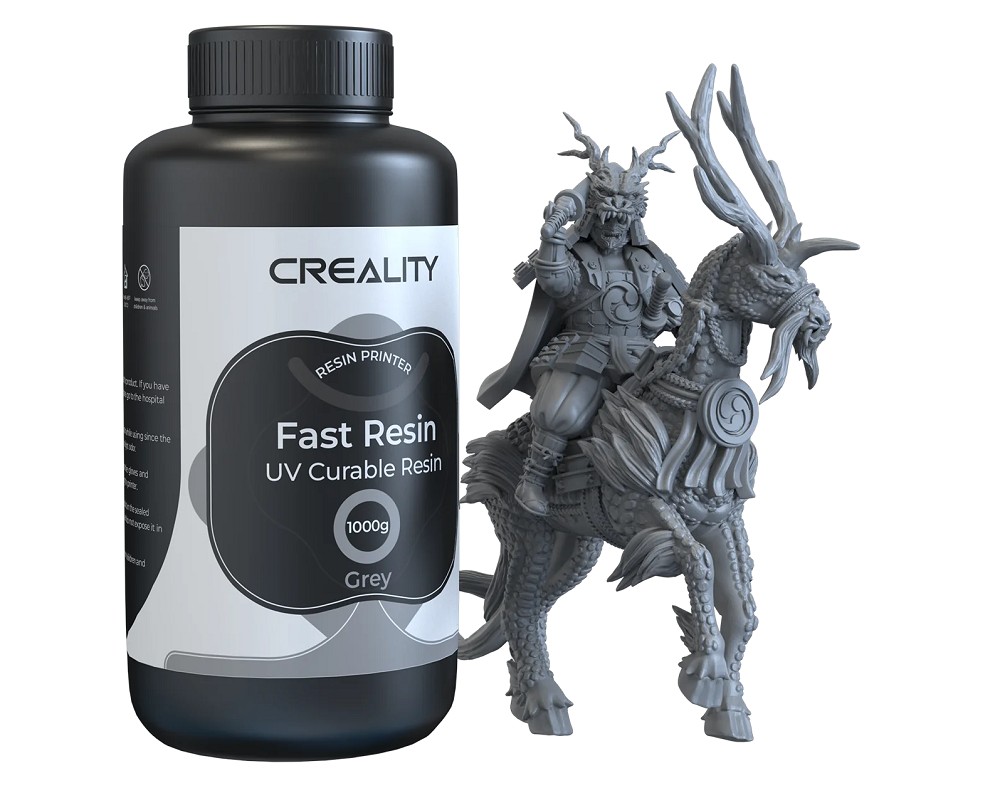Key Takeaways:
- The liquid resin has to be utilized within 12–24 months and stored appropriately.
- Expiring resin may possibly be employed, but test cautiously.
- Resin prints will last for 5 to 15 years depending on type and care.
Resin 3D printers delivers high detail and precision, making it a favorite among hobbyists and professionals alike. But how long do resin 3d prints last at max level, and what is the impact when resin goes past its shelf life?
Whether you are planning a long-term model show or uncertain if you should try that year-old bottle of resin, this article has you in mind.
How Long Do Resin 3D Prints Last?
The lifespan and durability of a resin 3D print depends on several factors including the type of resin used, how well the model is post-processed, and the environment it's stored in. Speaking of resin types, let’s dig in:

-
Standard resin: 3 to 5 years indoors
-
Tough/engineering resin: 10 to 15 years
-
Flexible resin: 2 to 4 years
-
UV-resistant resin: 7 to 12 years even in outdoor conditions
With proper curing and care, resin prints can last a decade or longer, especially when kept away from sunlight and moisture.
Practical tips to make resin 3D prints last longer
To optimize the lifespan of your resin 3D prints, keep the following tips in mind.

- Use the appropriate resin: Select resins that are durable, such as engineering-grade or flexibility-enhanced versions.
- Harden your prints completely: Use a specialty UV hardening station or strong UV light source to harden your prints completely.
- Apply UV-resistant coating: Apply a clear acrylic spray or paint to shield the surface from destructive UV light.
- Store in a cool, dry environment: Avoid exposing to heat or moisture, which will degrade the structural elements of the print.
- Handle with care: Resin prints are brittle and, especially in thin sections, do not drop or bend them unnecessarily.
Do Resin 3D Prints Degrade Over Time?
Yes, resin 3D prints do degrade over time, especially under harsh conditions. The following are the conditions that can cause aging:
- UV light exposure: UV light may degrade the cured resin, which becomes discolored, brittle, or crack.
- Moisture and humidity: Over time, moisture can affect the outer surface and internal layers of the print and make it weak.
- Thermal cycles: Repeated thermal cycles may warp or crack the material.
- Mechanical stress: Slipping, flexing, or overloading a print outside of its design parameters will shorten its lifespan.
- Resin type: As noted above, normal resin will degrade more quickly.
Good storage, light handling, and good maintenance can significantly reduce the degradation rate.
How Long Does Unused Resin Last in the Bottle?
Have you ever wondered, “Will my resin expire?” If so, you’re at the right place. In this section, we’ll explore how long unused resin lasts, what affects its shelf life, and how to store it properly for maximum longevity.

Shelf life of liquid resin
Most UV-cure resins keep for 12 to 24 months unopened and in good storage conditions. Upon opening, the lifespan is reduced to about 6 to 12 months based on conditions around it.
What affects the shelf life
Certain things determine how long resin will keep:
-
Temperature: Keep the resin at 15°C to 25°C (59°F to 77°F). Temperature results in chemical degradation.
-
Light Exposure: UV or daylight exposure will partially cure the resin in the bottle.
-
Air Exposure: Open bottles will admit oxygen, causing oxidation and possible chemical instability.
How to store and reuse resin
Storing and reusing resin are crucial to preserving the quality of your 3D prints. To extend your resin's life:
-
Seal tightly: Ensure the bottle cap is closed immediately after use.
-
Store in a dark container: Store resin in amber bottles or keep original opaque packaging.
-
Filter before reuse: Filter used resin to drive out cured pieces before refilling the bottle.
-
Label and track: Inscribe opening date on the bottle to track age.
What Happens If You Use Expired Resin?
Using expired resin can lead to several problems:

-
Print Failures: The layers won't cure correctly and thus the prints warp or fail to complete construction.
-
Poor Surface Quality: The surface will be chalky or rough.
-
Color Changes: The resin color will vary or be uneven.
-
Clogging: Aged resin contains hardened pieces that block the printer or damage the FEP film.
If you have to use only expired resin, try it on a small print. Shake the bottle vigorously, visually inspect for clumps, and anticipate decreased success rates.
In Brief
Resin prints and leftover liquid resin both have an expiration date after some time has passed, but both can be extended with good care.
Regardless of whether you are printing miniatures or prototypes, adhering to best practices means that your prints will be durable, detailed, and functional for decades to come.
FAQs
Q1: How can I tell if resin has gone bad?
A1: You can tell if resin has gone bad by checking for signs such as changes in viscosity, the presence of cured particles, or an unpleasant odor. Expired or mishandled resin can cause your prints to be deformed or brittle. Always check the expiration date and store resin in a dark, cool area to preserve its usability.
